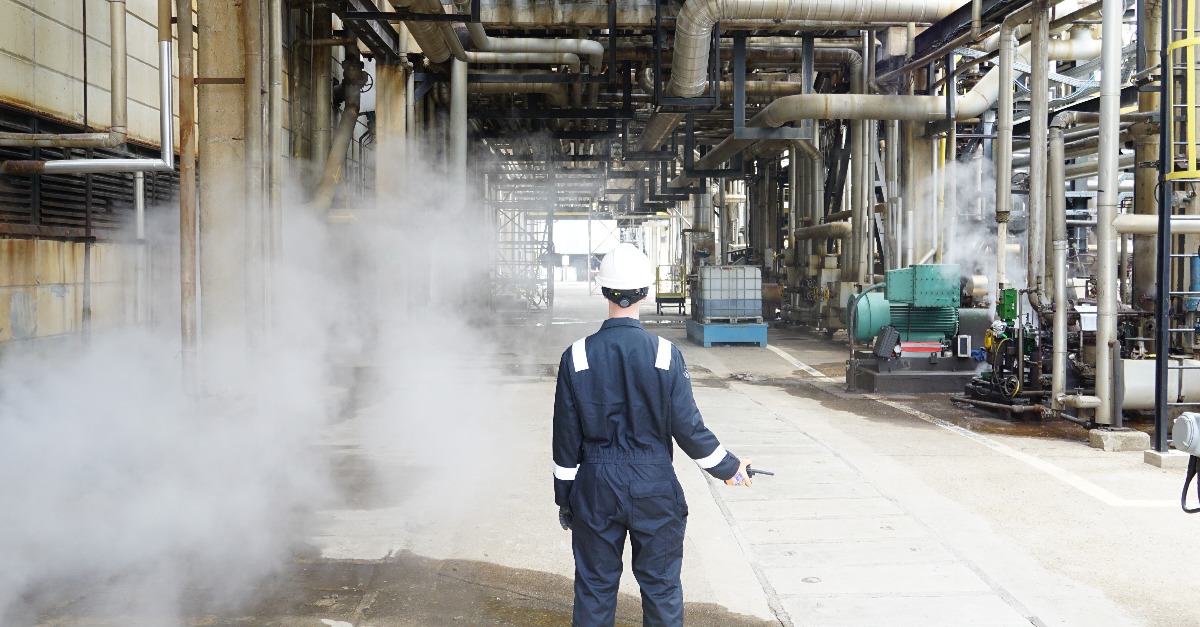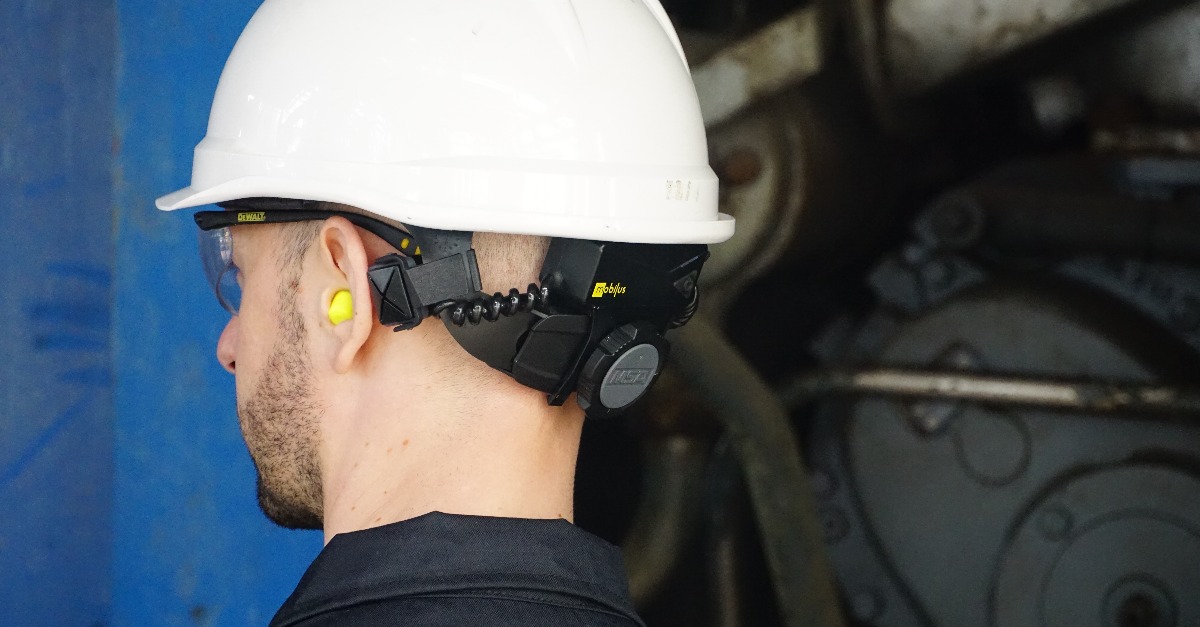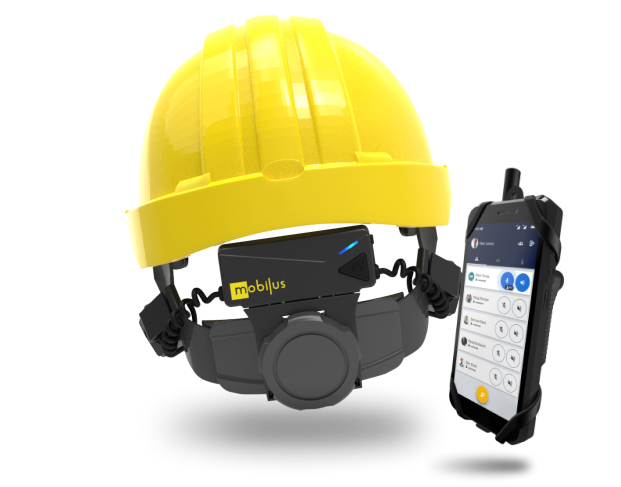Advances in telecoms technology, such as smart phones and the 5G roll-out, have made it easier than ever to connect people across the globe. With this explosion of communications tech has come the futuristic ‘wearable’ such as smart watches and mixed reality head-sets. But how does wearable technology create value compared to it’s non wearable predecessors and why are we seeing an uptake in this technology in the ‘connected worker’ and ’remote expert’ spaces?
The most commonly thought of example of a consumer smart wearable is probably the Apple Watch, with an estimated 30+ million of these devices sold in 2020 alone. These devices give you a form of smartphone functionality on your wrist and are wildly popular with health and fitness fans, tracking exercise and heart rate for example. Through the very nature of a watch, this technology is of course ‘wearable’.
Whilst the Apple watch may be a mighty consumer product, in terms of ‘The Connected Worker’ in an industrial environment, a slightly different selection of technology tools are needed. A Connected Worker is an individual who is able to call on wider resources via communications devices and wearable technology, examples include the trend for ‘Remote Expert’ tools such as the Trimble XR10, a device based on the Microsoft Hololens 2.
Remote Expert functionality aims to bring the expert, who may not be on site, to join the team virtually, often seeing exactly what the field operative (the Connected Worker) can see through wearable cameras. In the case of the XR10, communication with the person on site is further enhanced through the use of a bone conduction communication device (the mobiWAN) for the industrial environment, allowing full hearing PPE to be worn, and delivering clear communication even on the loudest of worksites. Such Remote Expert functionality is becoming increasingly popular, saving huge amounts of time and cost by being able to bring experts to the scene at a moment’s notice.
The mixed reality functionality of the XR10 allows the user to layer digital content onto the real world, “mixing” the two worlds through a set of wearable glasses. In the construction and industrial sectors this is more usually 3D design models ‘visible’ on the real world environment, documentation, or remote assistance video, each bringing huge efficiencies and savings to a project.
Similarly, Mobilus Labs’ two-way bone conduction wearable can be seen as an “Audio Mixed Reality” analogue by transmitting digital audio content from vibrations on the head, layered on top of the real world audio coming through your open ears, connecting the operative to both the digital/remote and real world ‘realities’. In areas with higher noise levels the worker can use the bone conduction technology to communicate whilst also wearing ear protection, allowing them to stay connected whatever the environment.
The nature of the ‘wearability’ to the connected worker is critical. A connected worker needs to have their hands free to be able to work and operate tools. The wearable aspect of these devices therefore needs to be as unobtrusive as possible, to enable the on site worker to carry out the tasks they need to, unobstructed by communications devices or other tech.
As we see technology continue on it’s relentless march forwards, we must assume that miniaturisation will play a huge part in the development of future wearable technology. Mixed reality devices such as the Hololens and mobiWAN will no doubt decrease in size and as a result, we will see connected worker and remote expert functionality develop and be adopted across more and more industries. Communication is the basis of all projects, as technology allows us to communicate clearer, faster and with more precision, the unlocking of communication based efficiencies, or Conversational Workflows, via wearable and integrated technology does not look likely to end soon!
—————-
Mobilus Labs is reinventing voice communication, using bone conduction technology for voice communication in industrial environments creating a ‘hands free, ear free’ user experience. Mobilus Labs’ solutions are currently in use around the globe in various sectors including construction, oil and gas, defence, healthcare and manufacturing. Find out more on the Mobilus Labs website www.mobiluslabs.com

Mobilus Labs named a “Most Promising Company” at the 20th Annual Rice Alliance Energy Tech Venture Forum
HOUSTON – Out of nearly 100 energy tech ventures, Mobilus Labs was selected by investors as one of the “10 Most Promising Companies” at the


